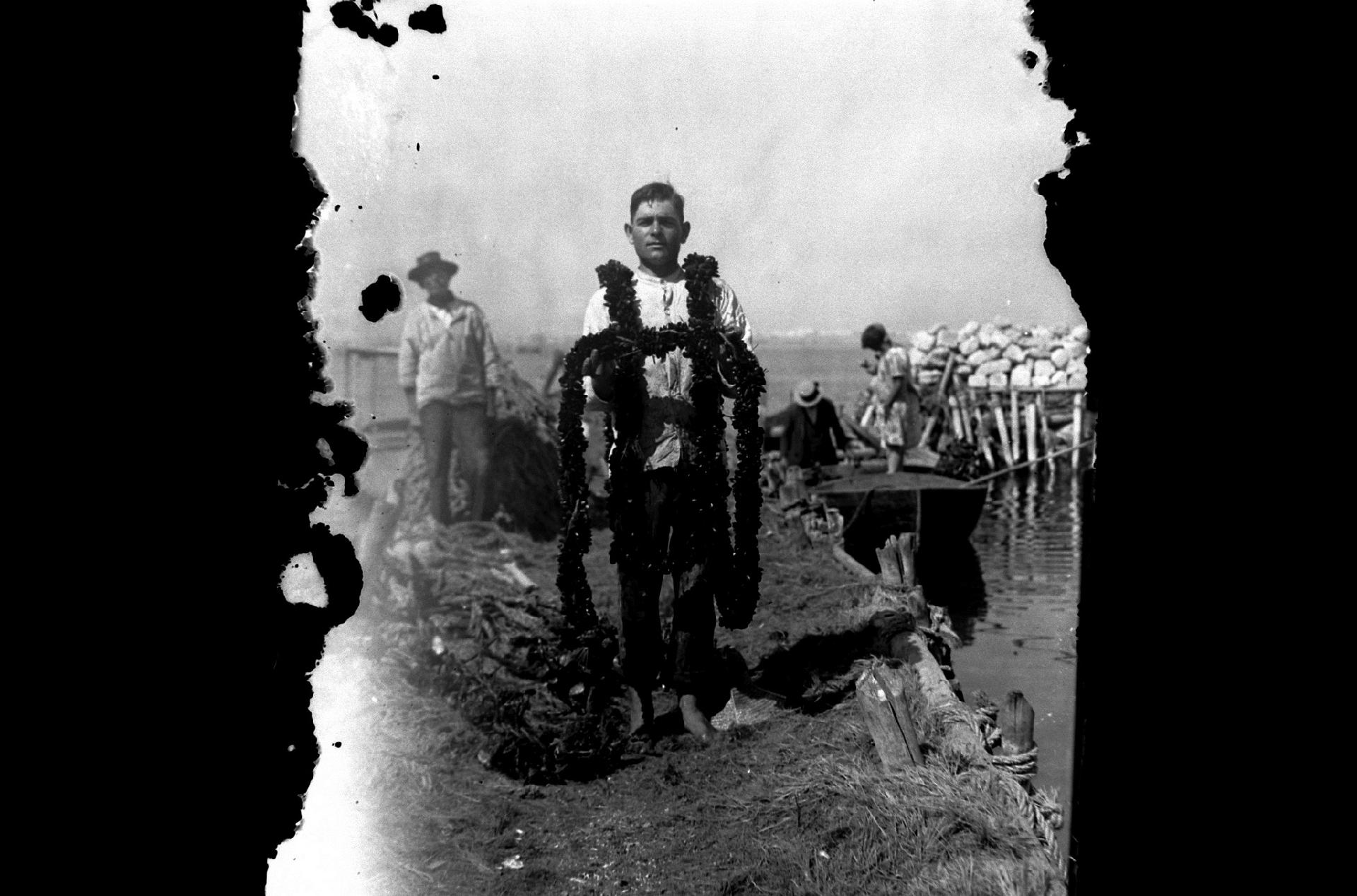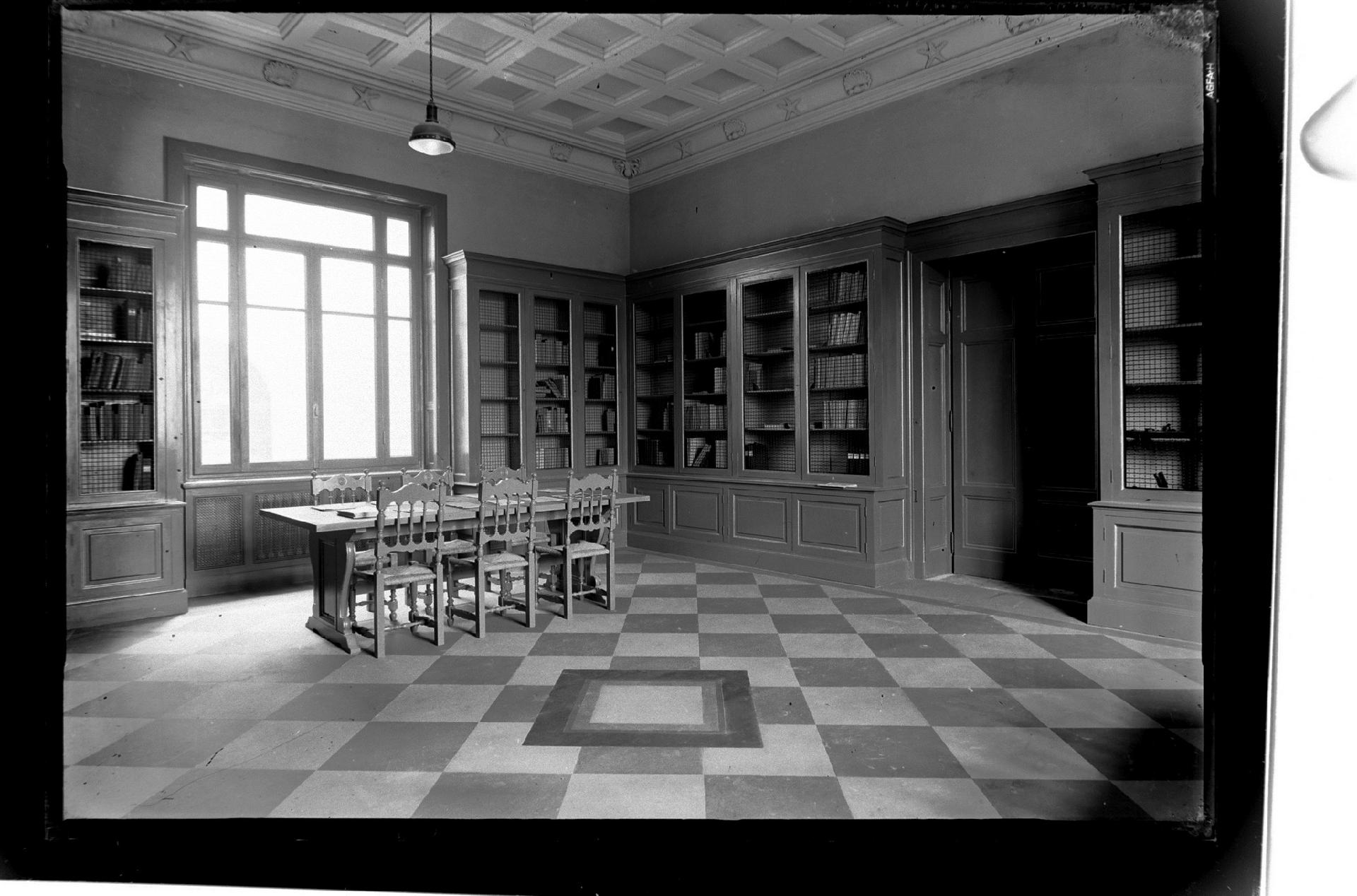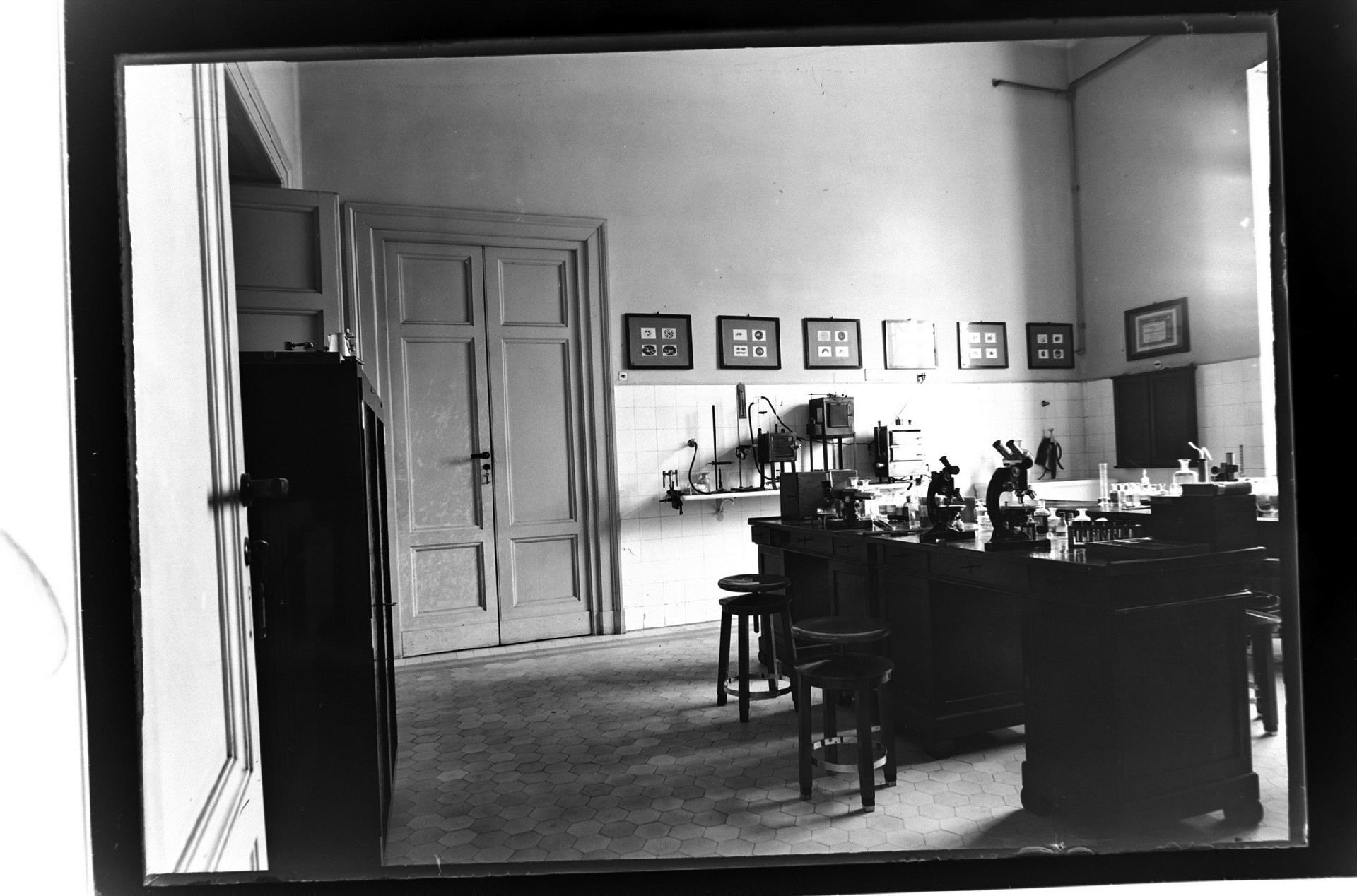Mar Piccolo and Mar Grande: Prized Mediterranean assets
One notable characteristic of Taranto is the presence of Mar Piccolo and Mar Grande, prized Mediterranean assets for the biodiversity of marine fauna and flora.
Back at the end of the 16th century, Giovanni Botero wrote about it in his Relazioni universali: "Taranto sits between two seas, one of which is called the small, the other, the large. And into the small enter many sources, as well as the River Galeso, for which reason, and also owing to its tranquility, there are innumerable fish, no less than in the sea around Constantinople." And G. B. Gagliardo, in the 19th century: "Indeed you see it seated, majestic, in the midst of the two seas, of which the little one, which laps at it, is animated by an immense number of boats.




The Mar Piccolo looks like an upside-down figure eight, the mathematical symbol for infinity, which could be an emblem for the strength of this sea which is able to regenerate itself, thanks, as well, to the researchers who work passionately toward this purpose. It is an internal basin with lagoon-like characteristics, communicating with the Mar Grande, and, thus, with the Ionian Sea, through the Canale di Porta Napoli and the Canale Navigabile.
Only 20 square kilometers, for just over 10 meters of depth; small rivers pour into its waters, including the Galeso, a course rich in histories recounted by Virgil, Horace, and many travelers. An unusual feature of this environment are the citri, submarine springs of fresh water, recognizable by the concentric circles they display on the surface: they regulate the salinity and the temperature of the waters, making the basin particularly suitable for production of oysters and mussels, farmed here for centuries.
To revive this very production, the Regio Ispettorato Tecnico del Mar Piccolo per la Molluschicoltura (Royal Technical Inspectorate of Mar Piccolo for Mollusk Farming) was established in 1914. It later became the Laboratorio Demaniale di Biologia Marina (State Marine Biology Laboratory), whose first director was the scholar Attilio Cerruti; it has today become a multidisciplinary institute dealing with the study of every aspect of the sea: the Istituto Talassografico.
Cerruti, beyond his observations on oysters and mussels, carried out important research on the Pinna nobilis, an endemic large bivalve mollusk in the Mediterranean, in addition to his oceanographic studies on the Taranto basins. For such research Cerruti had even provided the laboratory with the ocean craft Giglioli. The Istituto Talassografico, along with other institutes, was part of the Regio Comitato Talassografico (Royal Thalassographic Committee), and in 1946 it passed to the CNR. As an experimental thalassographic institute, it came under the authority of the Ministry of Agriculture and Forests until 1977, when it passed again to the CNR; therein it is currently the Sede Secondaria dell'IRSA (Istituto Ricerche Sulle Acque; Institute for Water Research). Annexed to the institute are: the oceanographic museum, which contains a collection of some thousands of specimens of marine organisms (invertebrates, fish, birds, reptiles, and mammals) and the library, furnished with a periodical library with 180 national periodicals and 600 international magazines, as well as 1650 volumes and a rich collection of extracts and monographs. Furthermore, various scientific instruments and furnishings are present, dating back to the beginning of the last century.
From the 19th century onwards, with the construction of what was then known as the Arsenale della Regia Marina Militare (Royal Navy Arsenal), and other shipyards for the construction and maintenance of warships, and subsequently, of the industrial pole (including steel mill, refinery, cement factory), Mar Piccolo and Mar Grande have been subjected to a very imposing anthropic pressure, which has compromised its environmental quality.
The negative effects of human activities include biological pollution, a new form of impact caused by the introduction of "alien or allochthonous" species, organisms that are foreign to the ecosystem and that compromise its functionality. With around 30,000 tons of mussels a year, the production at Taranto is Italy's highest. If Mar Piccolo remains the cradle of mollusk farming, the two seas together represent the cradle of a culture, of a precise historical identity that science is helping to safeguard.
BIBLIOGRAPHIC NOTE
Giovanni Botero, Delle Relazioni universali di Giovanni Botero all'illustrissimo e reverendissimo Monsignor Carlo cardinale di Lorena, Roma, 1589
Fabio Caffio, Mari di Taranto. Il Golfo, il Mar Grande, il Mar Piccolo., Taranto, Scorpione Editrice, 2014
Nicola Cardellicchio, R., Cavallo A., Di Leo, F. Rubino, Il Talassografico "Attilio Cerruti" di Taranto. 1914-2014. Cento anni di ricerca sul mare, Taranto, Scorpione Editrice, 2014
Ester Cecere, Salvatore Mellea, Frammenti di mare. Taranto e l'antica molluschicultura, Taranto, Fondazione Marittima Ammiraglio Michelagnoli onlus e CNR/Istituto Ambiente Marino Costiero editori, 2009
CNR/Istituto Ambiente Marino Costiero - Progetto IMSAT, Individuazione e Monitoraggio di Specie Alloctone nei Mari di Taranto. Ministero dell'Istruzione, dell'Università e della Ricerca. Contributo Straordinario D.M. 1015 del 04.10.2001.
Giovanni Battista Gagliardo, Descrizione topografica di Taranto con quella dei suoi due mari delle sue pesche e del suo territorio; dei suoi prodotti marittimi e terrestri dé rottami della sua antichità; e colla serie dé suoi uomini illustri, Taranto, Biblioteca civica Pietro Acclavio, 1811
Pietro Parenzan, Il Mar Piccolo di Taranto, Roma, Semeraro Editore, 1960
ARCHIVAL REFERENCES
Istituto di Ricerca sulle Acque - CNR (sede di Taranto)
BY
Maria Procino

 help with your research
help with your research

